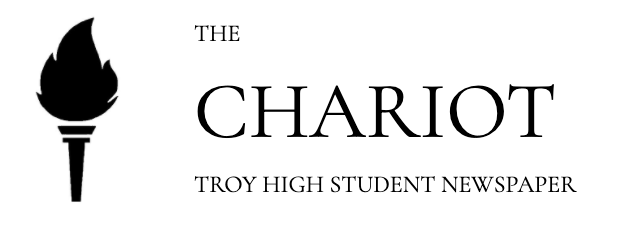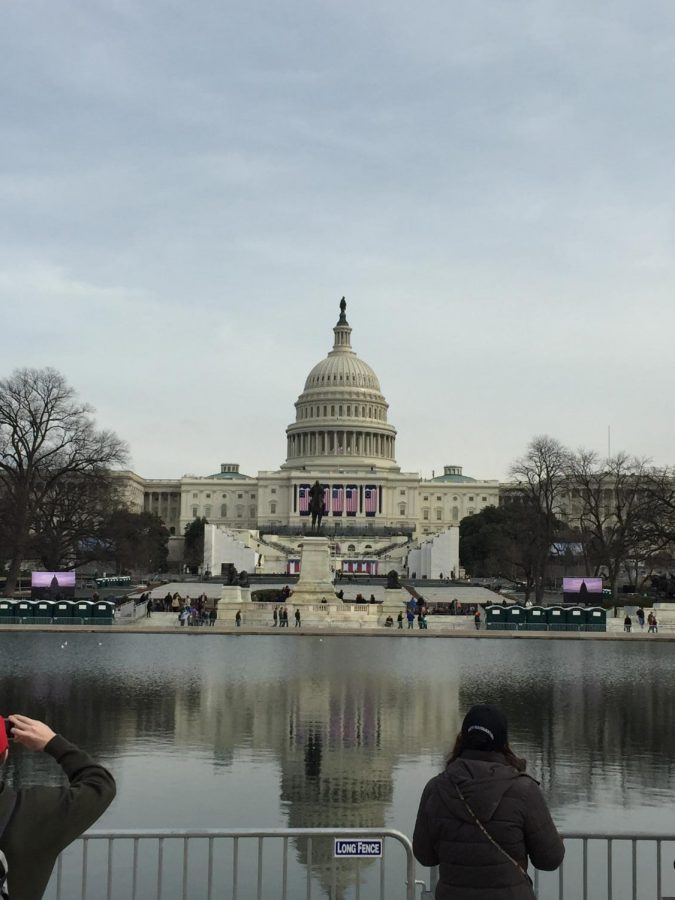The Government Shuts Down (Again)
President Donald Trump signs Congress’s new budget deal into law after two government shutdowns in three weeks.
The U.S. Capitol Building in Washington D.C.
A major budget deal was signed into law on Feb. 9, after a brief funding gap, which has been publicized as a second government “shutdown.” The gap occurred after Senator Rand Paul repeatedly objected to the passing of The Bipartisan Budget Act of 2018 because of its trillion-dollar price tag. This triggered a nine-hour “shutdown” until President Donald Trump signed the bill into law, allowing for 2-year appropriations for the military, a 6-week continuing resolution extension for funding the rest of the government and a raising of the debt ceiling.
This occured only three weeks after the shutdown on Jan. 20 because the Senate vote to pass funding legislation failed to garner the 60 votes necessary to keep the government. The bill would have temporarily funded the government until Feb. 16, as well as extend funding to the Children’s Health Insurance Program (CHIP)—a program that provides health care coverage to 9 million low-and middle-income children—for six years. Those funds have been expired since September.
Republicans tried to get Democrats on board with the stopgap bill by including funding for CHIP, which Democrats have been wanting to fund since Sept. 30. But the long-debated topic of immigration finally boiled over, with most of the Democrats not satisfied that Deferred Action for Childhood Arrival (DACA) recipients, commonly referred to as Dreamers, would still not have protection and could face deportation in the coming months. Congress will eventually have to pass long-term government funding instead of the temporary measures that have been in place since October. The first government shutdown only lasted three days, until Jan. 23, and because of the shortness of the shutdown and the fact that it occurred over a weekend, its effect was limited.
“The government shutdown was anticlimactic,” AP Government and Politics teacher Ryan Werenka said. “If you are going to do it—and do it well—you should be able to force some sort of policy outcome that you want, and this government shutdown didn’t exactly do that.”
The shutdown, however, did cause some politicians to pass blame. President Trump and his party called it the “Schumer Shutdown” after Chuck Schumer, the Senate Minority Leader. Democrats, on the other hand, labeled it the “Trump Shutdown.” Both parties passed blame, but many say there isn’t one side solely at fault.
“I would say both sides [are at fault] because you can’t have an argument without two sides,” sophomore Harikrishnan Sanil said. “The Democrats definitely were pushing something that they knew would not happen, but at the same time, the Republicans could have asked for something in return, and that would have probably prevented a shutdown.”
Others see the shutdown as something that should have been averted, as nothing concrete was accomplished—only a promise from Senate Majority Leader Mitch McConnell that they will tackle the issue of immigration by mid-February. The new legislation that was passed after the second shutdown does not address immigration, and DACA, however both the Senate and the House agreed to discuss and vote on the issue after the Feb. 9 continuing resolution.
“From a governing standpoint, it was completely unnecessary,” Werenka said. “We have had governments in the past that were able to function, and they just don’t want to. They want to polarize and be super divided and the whole country suffers as a result. A lot of the times we’re being governed by petulant 5-year-olds.”
Your donation will support the student journalists of Troy High School - MI. Your contribution will allow us to print our work, purchase equipment and cover our annual website hosting costs.

